If there is one thing my kiddos (and I) don’t like about summer, it’s having to slather on sunscreen. But after this low-prep, super simple kids’ science experiment showed us just how important sunscreen actually is, none of us are complaining about the inconvenience.
It was a good lesson learned in more than one way! For more science fun, check out our amazing 30 Science Experiments kids will beg to repeat in our shop!

Getting Ready
The prep for this kids’ science experiment couldn’t be easier. I grabbed a piece of dark construction paper (black, blue, or purple) for each child, a writing utensil and sunscreen. (Use sunscreen that goes on clear. We initially used a zinc oxide sunscreen and it was too thick and we couldn’t see the results.)
Then, I drew a line down the middle of the paper and labeled one side “sunscreen” and the other “no sunscreen.” Ta da, it’s as easy as that.
Before starting the kids’ science experiment, I asked my 3 and 5 year-old why we wear sunscreen. My 5 year-old shouted, “To protect us from the sun!” “Exactly, now lets see if we can see that,” I replied. I grabbed a bottle of spray on sunscreen and covered my kids hands with a thin layer. I had them make a sunscreen handprint on the side of the paper labeled “sunscreen.”
Sunscreen Kids’ Science Experiment
Next, we headed outside to find a spot where the paper would get full sun and left it there while we played.
Initially, the paper looked wet from the oils but it eventually absorbed over time and the handprint almost disappeared. There wasn’t a cloud in the sky, so after a couple hours, we could already see the paper had become lighter. We left it for another couple hours before bringing the papers in to see what damage the sun had done. We went out to go check on our kids’ science experiment.
The paper had become pretty sun bleached but the paper under the sunscreen handprints remained the original color. The sunscreen really did protect the paper from becoming bleached. My kiddos were pretty amazed!
The Science Behind It
The sun emits 3 types of ultra violet (UV) radiation. Two types, UVA and UVB, can damage skin. Sunscreen works by combining organic and inorganic active ingredients to protect skin from these harmful UV rays emitted by the sun.
Inorganic ingredients like zinc oxide or titanium oxide provide a physical barrier and work by reflecting or scattering ultraviolet (UV) radiation.
Organic ingredients like octyl methoxycinnamate (OMC) or oxybenzone work by absorbing UV radiation and dissipating it as heat. Some organic chemicals don’t break down when exposed to UV light but others do slowly break down over time. That’s one reason why we have to reapply after a long time in the sun.
When we applied sunscreen to the paper, the chemicals in the sunscreen absorbed the UV radiation and prevented them from bleaching the paper.
More Science Fun
Ready for more amazing science!? Grab our 30 Science Experiments in our shop to keep the fun going for your little scientist!



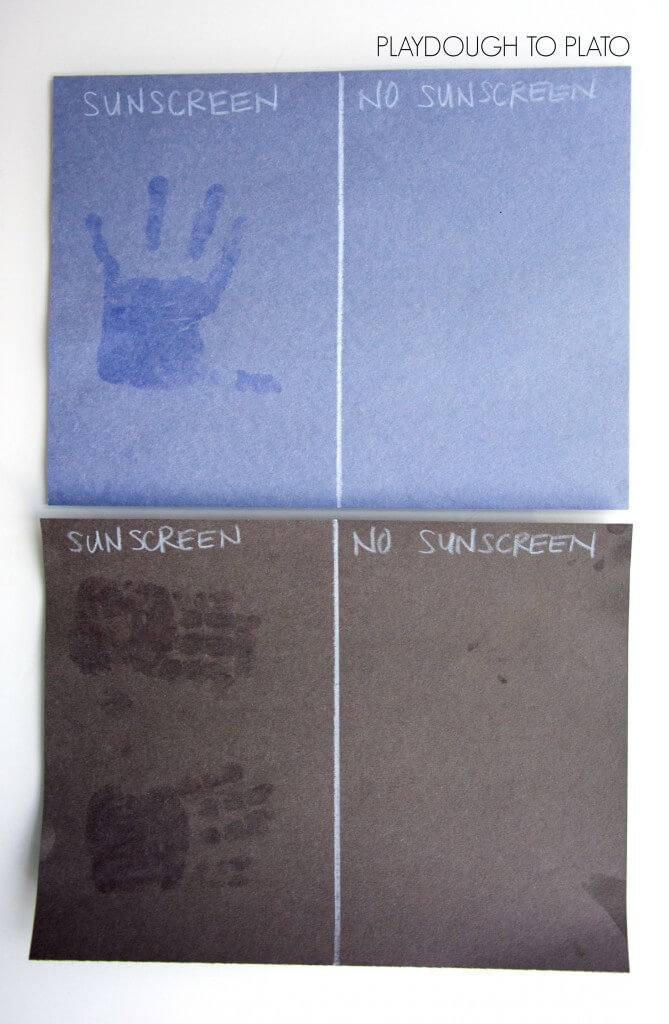
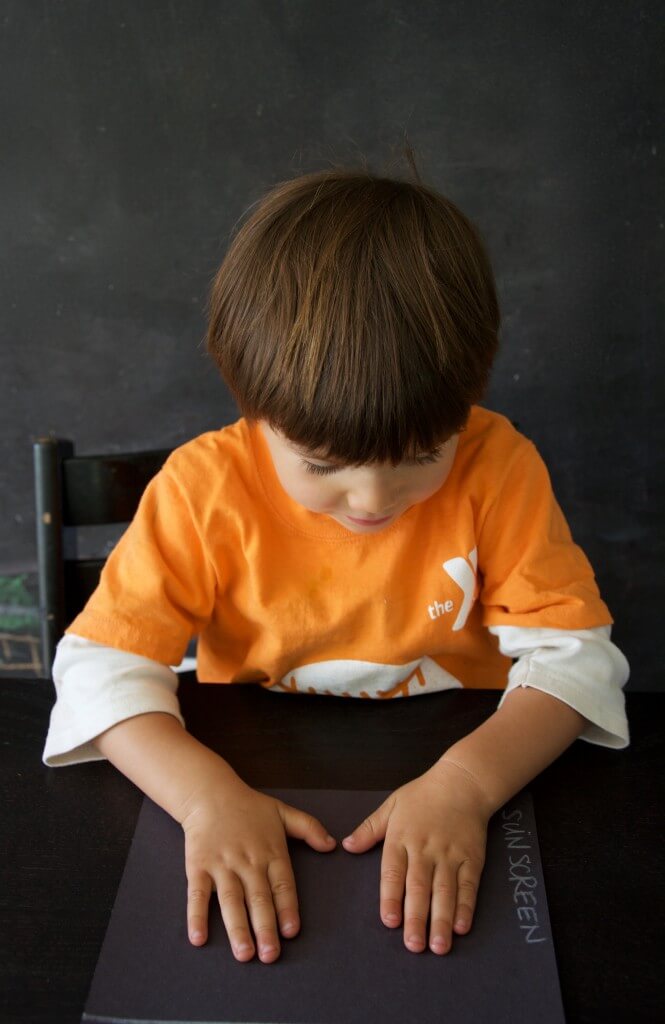
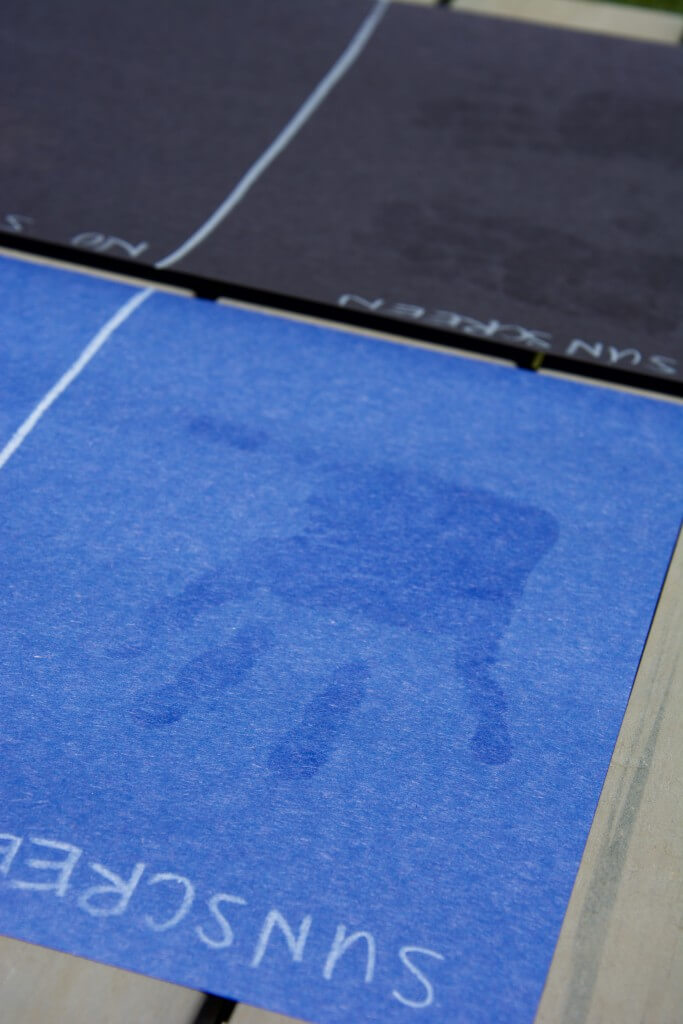
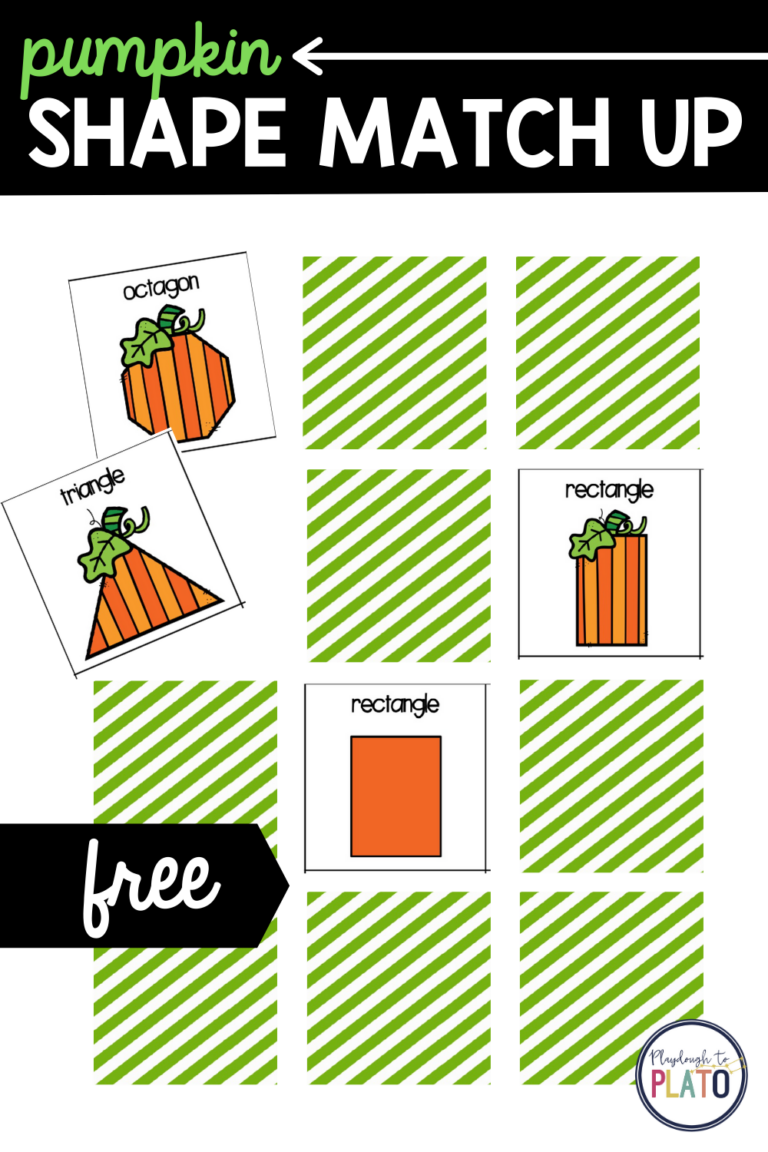

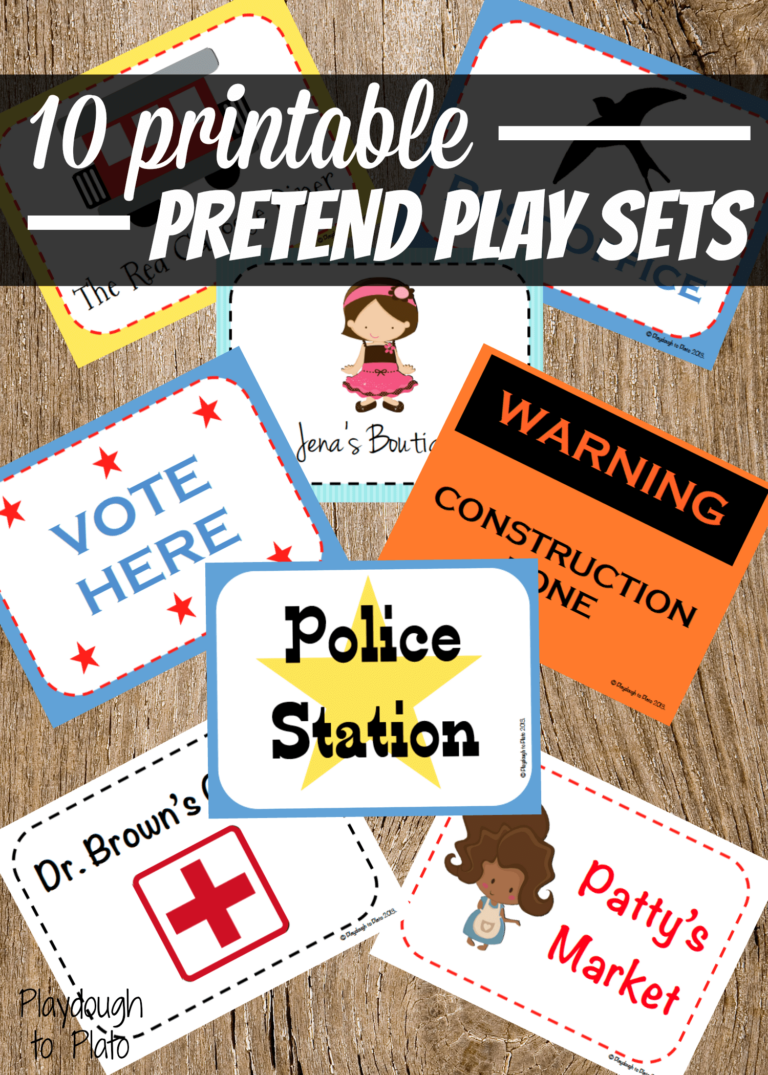
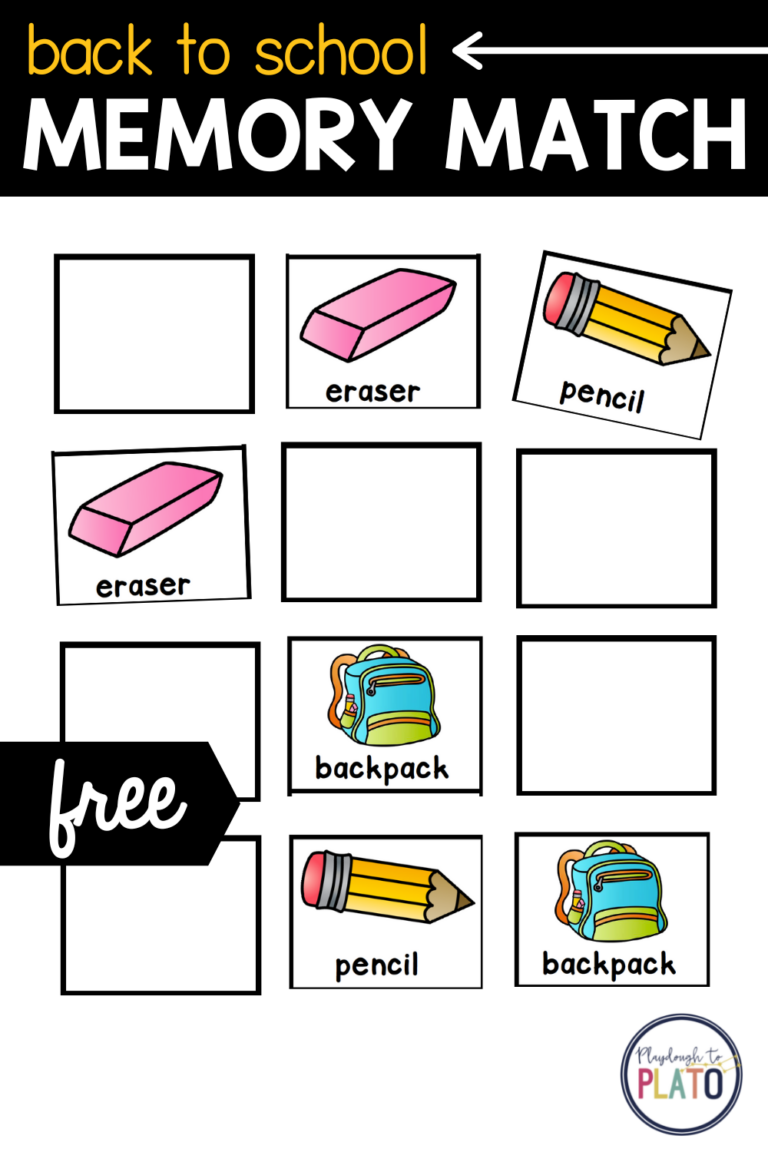
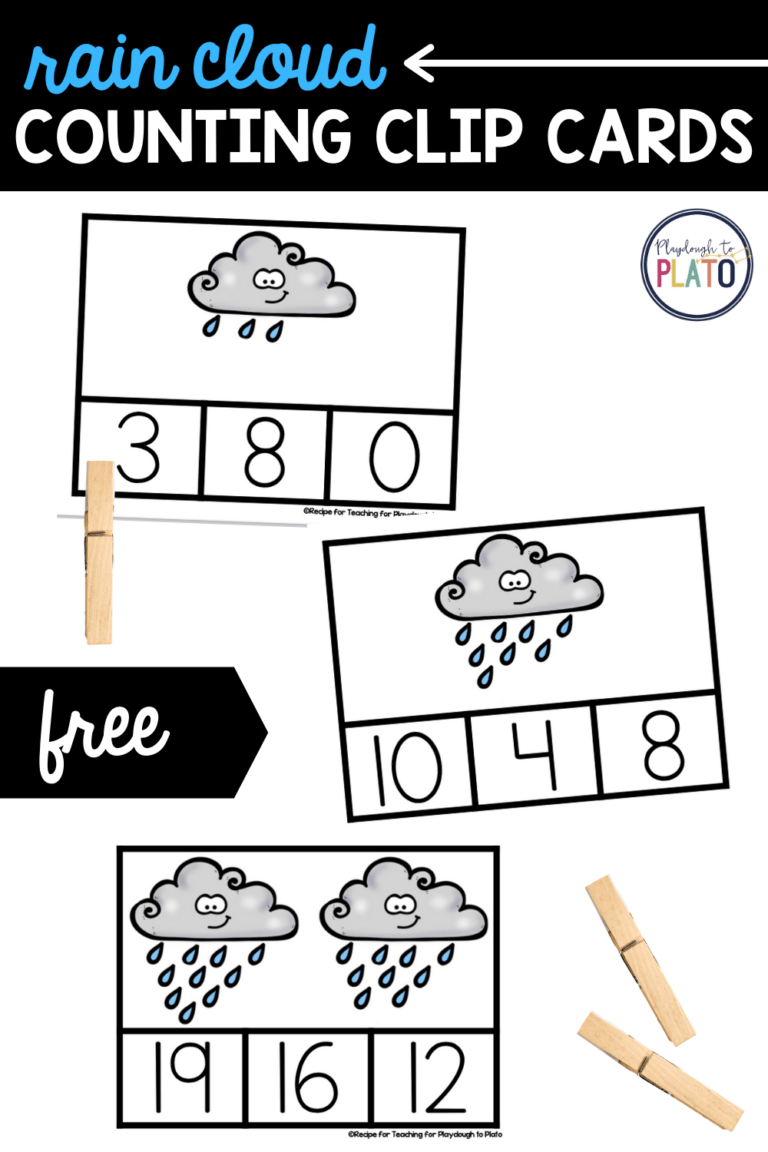
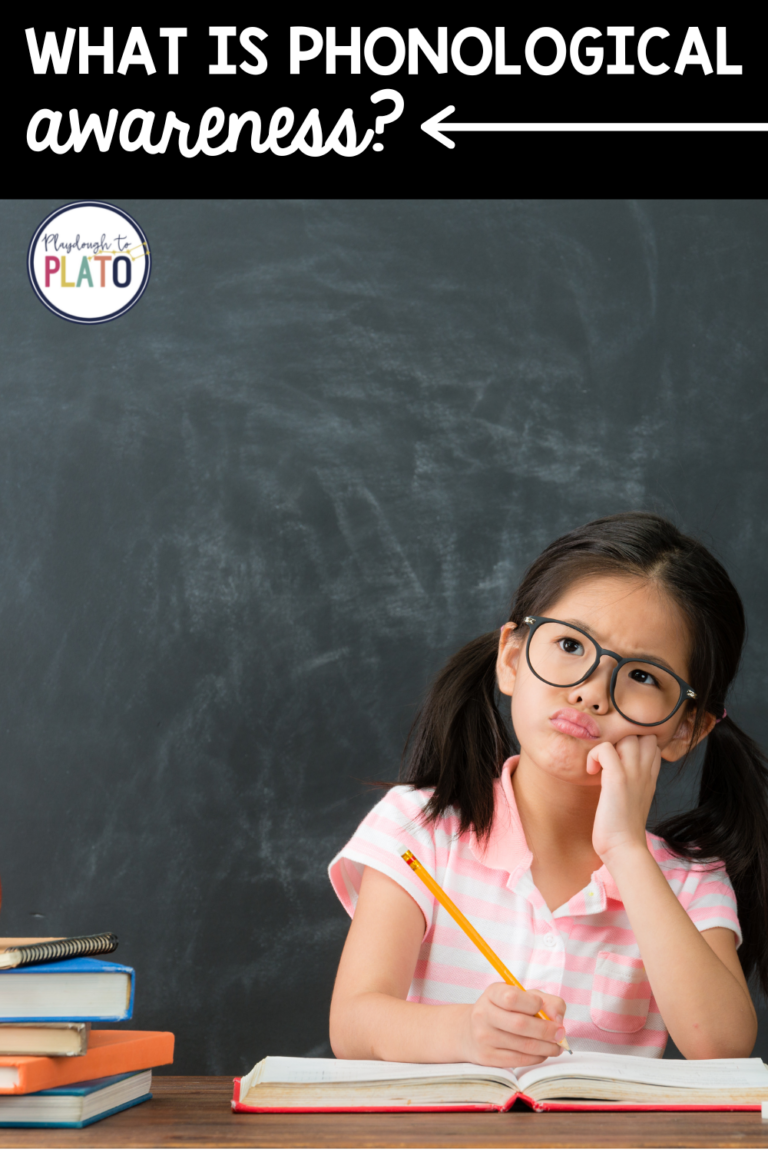
This is a great experiment! I love your blog and particularly appreciate the scientific explanations!
We are trying this today, thank you!
Wonderful!
We’d love to hear how it goes ?
Warmly,
Ashley // Happiness Ambassador